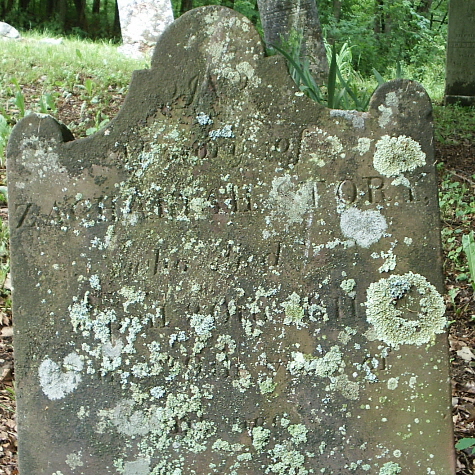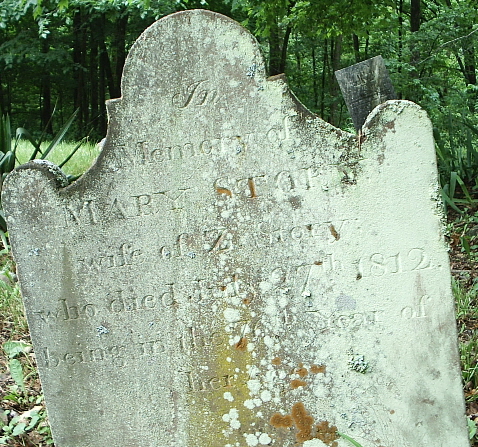Newsday reported today that demolition of the old Kings Park Psychiatric Center will probably begin later this month. Though it closed officially in 1996, at the turn of the 20th century, this psych center on the North Shore of Long Island was home to many psych patients from Brooklyn (Kings County, hence the name Kings Park for the area - before that, it was known as St. Johnland. You can read details and history on the place here. It's all very fascinating, how people and families used to have to care for senior family members or members with senility or with actual psychiatric problems. Many of them couldn't, hence these psychiatric centers. And at the turn of the century, even they didn't know exactly how to deal with these people.
But the demolition of Kings Park hits particularly close to home for me because my great-great grandmother, Nora Donohue Cronin, lived there for at least 20 years. She emigrated from Ireland to New York shortly before the turn of the 20th century to be with her children - she had nine children here but something was wrong enough with her that none of them could care for her, or wanted to care for her. And she was about in her 70s when she died, which means she was institutionalized by the time she was in her 50s. I asked my grandmother, Mary Cronin Raynor, once what she remembered of her grandmother or what she knew about her time at Kings Park, but she didn't know anything - she was young when Nora died and back then, mental problems just weren't discussed I guess. Psychiatric records are also almost impossible to get ahold of, so it looks like this is a family mystery that will forever remain a mystery, why Nora lived at Kings Park for so many years. I've driven past the center several times, never been, and I know that there's no reason NOT to demolish the facility, but as it's a part of not just local history but my own family history, it still makes me sad.
You can find the Newsday article here.


But the demolition of Kings Park hits particularly close to home for me because my great-great grandmother, Nora Donohue Cronin, lived there for at least 20 years. She emigrated from Ireland to New York shortly before the turn of the 20th century to be with her children - she had nine children here but something was wrong enough with her that none of them could care for her, or wanted to care for her. And she was about in her 70s when she died, which means she was institutionalized by the time she was in her 50s. I asked my grandmother, Mary Cronin Raynor, once what she remembered of her grandmother or what she knew about her time at Kings Park, but she didn't know anything - she was young when Nora died and back then, mental problems just weren't discussed I guess. Psychiatric records are also almost impossible to get ahold of, so it looks like this is a family mystery that will forever remain a mystery, why Nora lived at Kings Park for so many years. I've driven past the center several times, never been, and I know that there's no reason NOT to demolish the facility, but as it's a part of not just local history but my own family history, it still makes me sad.
You can find the Newsday article here.







 (My grandfather comes in at about the 4:15 mark in this video - he plays NBC president Robert C. Wright this time, not Grant Tinker)
(My grandfather comes in at about the 4:15 mark in this video - he plays NBC president Robert C. Wright this time, not Grant Tinker)






